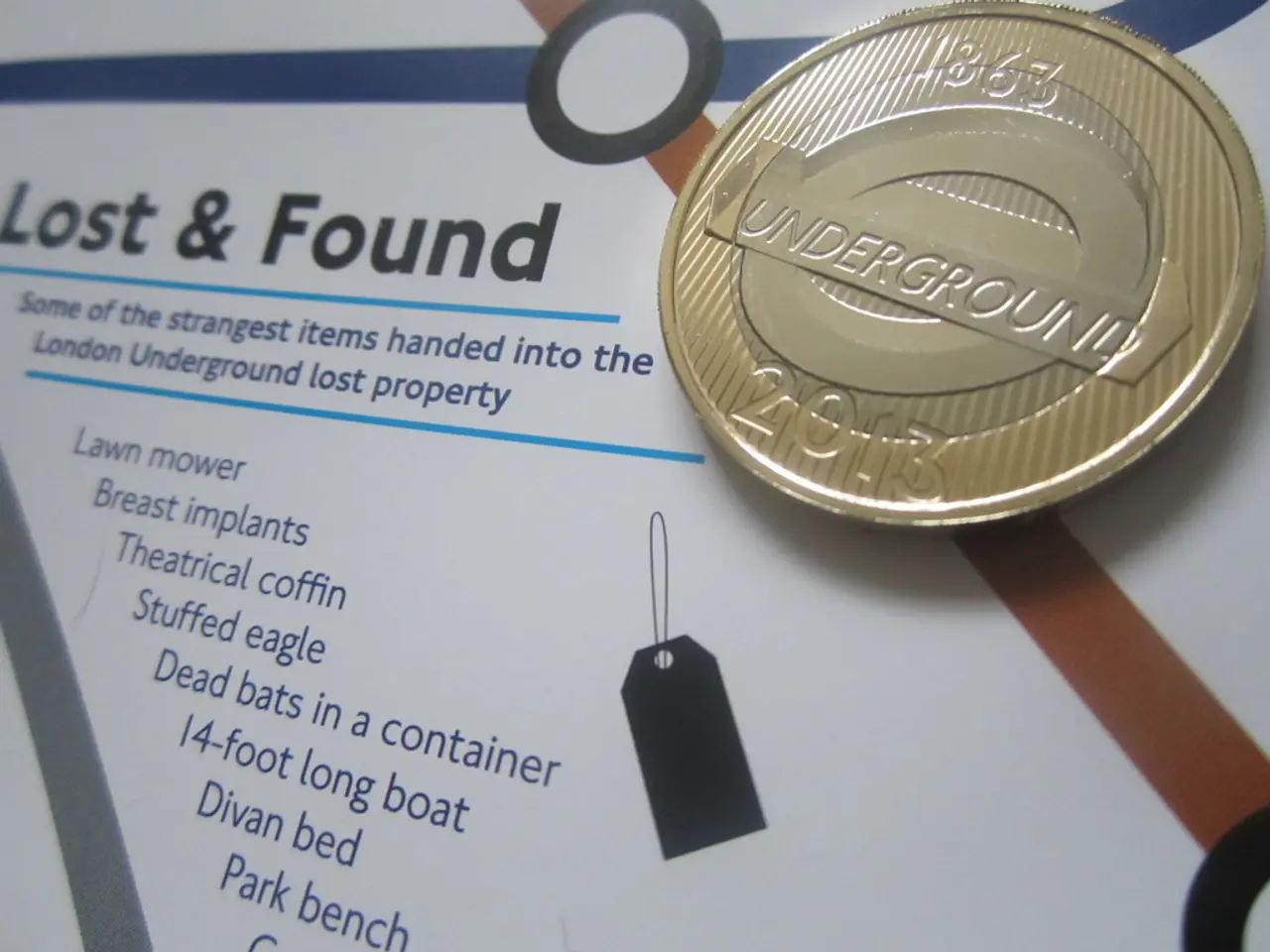Techniques for perfecting ceramic kiln work in the year 2025: Insider guidance
In the realm of ceramic artistry, the humble kiln is undergoing a significant evolution. Recent advancements are focusing on automation, energy efficiency, and environmental sustainability, driven by market demands for precision, cost reduction, and regulatory compliance.
**Automation in Ceramic Kilns**
Modern kilns increasingly feature computer-controlled systems that precisely manage temperature, atmosphere, and even the introduction of materials such as salt in specialty firing processes. This automation reduces variability and human error, leading to more consistent product quality. Advanced digital printing and automated kiln control enable a wide variety of ceramic designs and faster adaptation to custom production needs.
For specialized techniques like salt firing, automated systems precisely meter and introduce salts or glazes, improving repeatability and safety. Some new kiln models offer remote operation via Bluetooth or digital interfaces, allowing users to monitor and adjust kiln parameters from a distance.
**Energy Efficiency Improvements**
The use of advanced materials such as silicon carbide, cordierite-mullite, and alumina for kiln furniture reduces thermal mass, leading to lower energy consumption and shorter firing cycles. Computer-controlled kilns permit multi-stage firing and fine-tuned atmosphere control, which not only improves product quality but also can reduce energy use by minimizing unnecessary heating and dwell times.
While not explicitly detailed in the latest kiln market reports, integration with thermal energy storage and recovery technologies—similar to those used in industrial energy systems—is a growing trend to capture and reuse waste heat, further improving efficiency. Enhanced ventilation and emission control systems minimize the release of pollutants, aligning kiln operation with stricter environmental standards.
**Market and Industrial Impact**
Expanding ceramics industries in developing economies are driving demand for automated and energy-efficient kilns, especially for producing tiles, technical ceramics, and sanitary ware. The popularity of electric kilns, particularly for their safety and ease of use, is rising in education and training sectors, helping disseminate new practices in automation and energy management.
**Summary Table**
| Advancement Area | Key Technologies/Features | Benefits | |-------------------------|------------------------------------------|-----------------------------------------------| | Automation | Computer control, automated salt/glaze, Bluetooth remote | Consistency, safety, flexibility, remote monitoring | | Energy Efficiency | Lightweight kiln furniture, multi-stage firing, energy recovery | Lower energy use, shorter cycles, reduced emissions | | Environmental Impact | Ventilation, emission control | Healthier workplaces, regulatory compliance |
These advances are transforming ceramic manufacturing by enabling higher throughput, better product quality, and lower environmental impact.
In addition to these advancements, safety measures for ceramic kiln operation remain paramount. Proper ventilation and fume extraction, heat protection and equipment, and adherence to manufacturer guidelines are essential to ensure a safe and productive workspace. A regular maintenance schedule is crucial for a kiln's longevity and optimal operation, with key tasks including vacuuming the interior, inspecting elements, and examining the thermocouple.
Experimenting with firing temperatures can lead to unique colors, textures, and finishes, with techniques like flashing and applying materials like salt or soda creating special effects in ceramics. The traditional approach of wood-fired kilns, providing an organic and unpredictable surface treatment, continues to be valued for its aesthetic appeal.
As the ceramics industry evolves, so too does the focus on sustainability. Emerging technologies are making it possible for ceramic artists to work smarter and more sustainably, with a growing emphasis on energy conservation and renewable energy sources. The future of ceramic kilns promises to be an exciting blend of tradition and innovation.
Modern automated ceramic kilns, equipped with computer-controlled systems, seamlessly integrate technology to precisely manage temperature, materials, and even firing processes, enhancing consistency, product quality, and reducing errors. In terms of energy efficiency, these advancements involve using lightweight kiln furniture made of materials like silicon carbide, cordierite-mullite, and alumina, as well as multi-stage firing and energy recovery systems to minimize energy consumption and emissions.




